Can a “Green Great Wall” stave off environmental disaster?
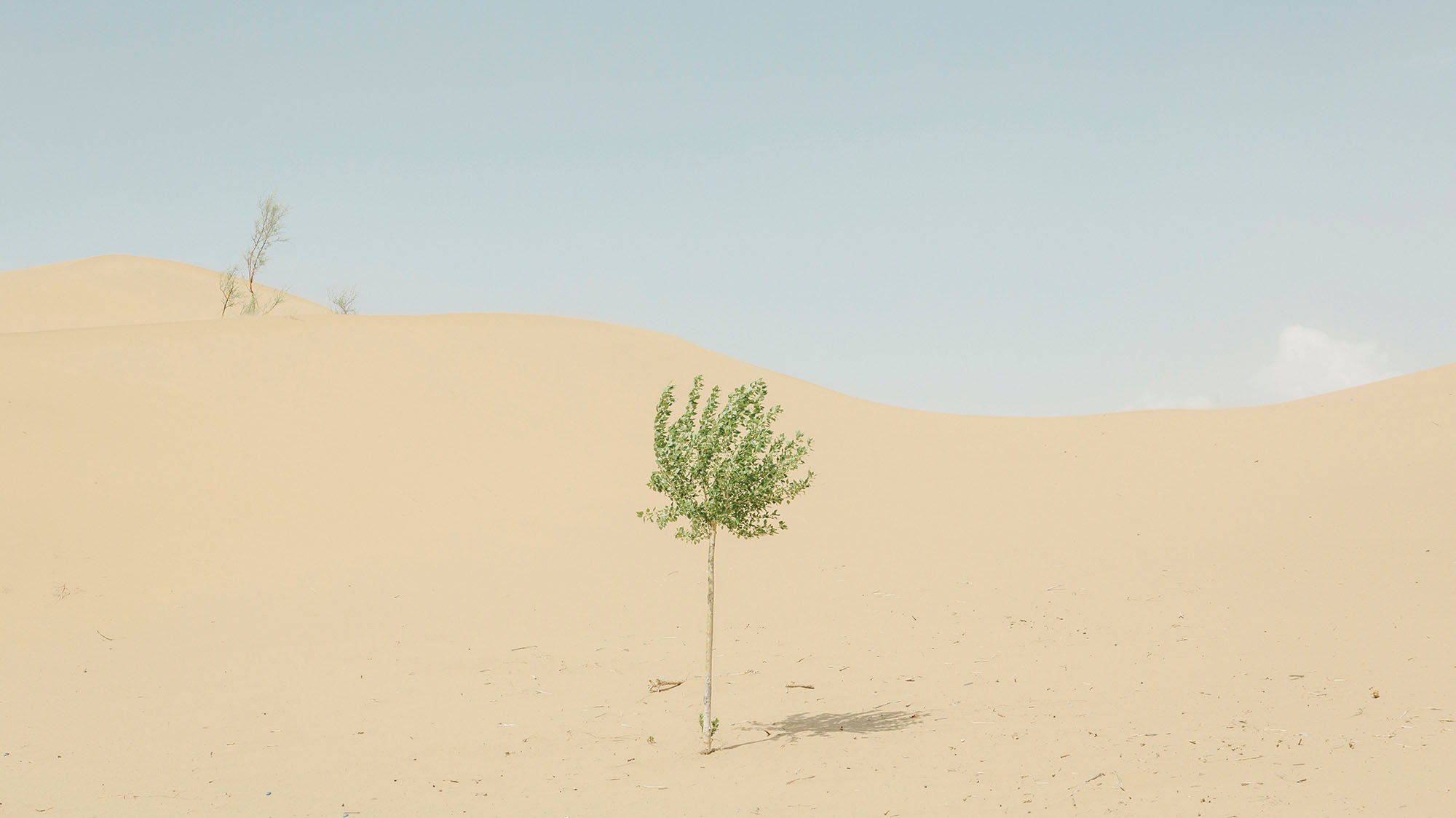
Zuo Hongfei, the deputy director of the State Forestry Administration’s local “greening office,” directs my attention to a display with photos and satellite images showing how barren this place was just 15 years ago—a desert landscape dotted with spindly trees and shrubs. “See?” he says, pointing to one photo. “The houses were almost buried by sand!”
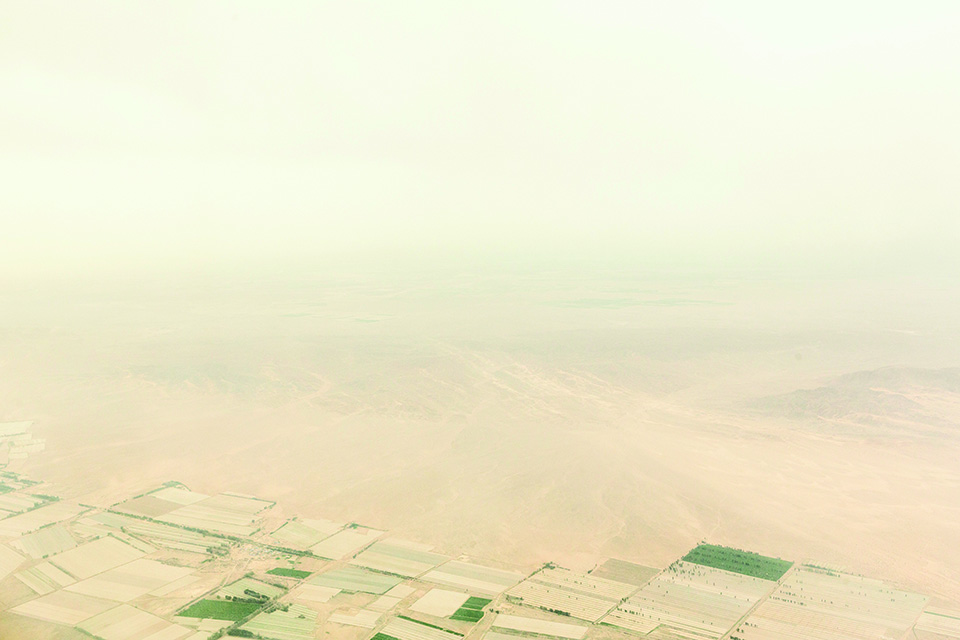
By 2000, Duolun was up to 87 percent desert, fueling sandstorms that regularly engulfed Beijing to the south. The situation was so dire that then-Premier Zhu Rongji visited Duolun and declared, “It is imperative to build green barriers.” And build they did. Since Zhu’s pronouncement, millions of pines have been planted over a total of nearly 200,000 acres, with more going in every spring. According to official statistics, 31 percent of Duolun is now forested.
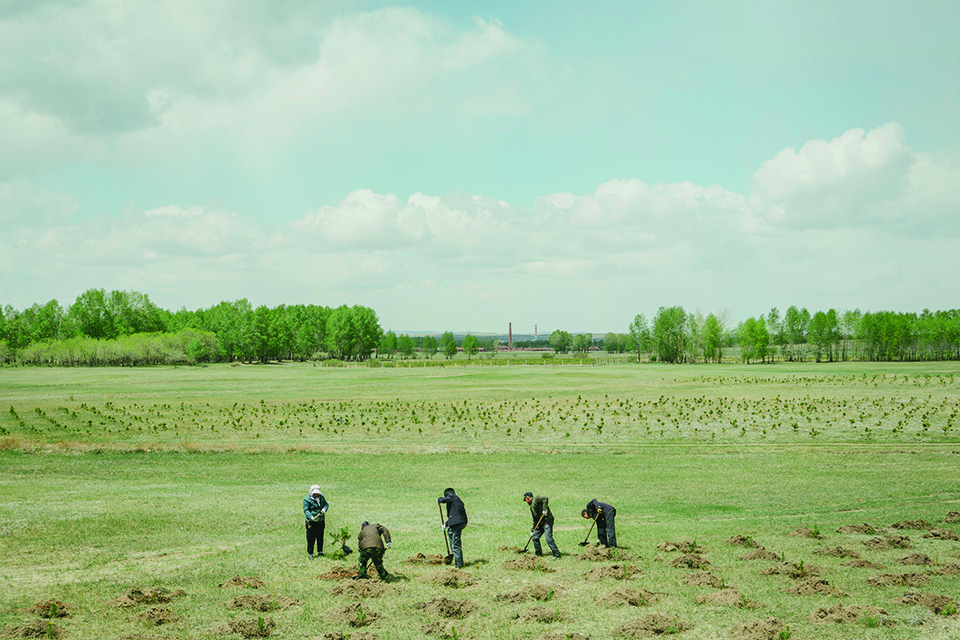
China’s solution is to build a “Green Great Wall.” The Communist Party has promoted tree planting as a righteous cause, even a civic duty, for decades, but the Green Great Wall is staggeringly ambitious: By 2050, the government intends to plant 88 million acres of forests in a belt nearly 3,000 miles long and up to 900 miles wide in places. The project has global relevance. According to the United Nations, desertification directly affects more than 250 million people across the world. The United States and the Soviet Union launched massive afforestation projects in the last century, and more than two dozen African nations are today working fitfully on a green barrier against the encroaching Sahara. But China’s sylvan crusade is one of the most ambitious tests to date of whether humankind can geoengineer its way out of a major environmental problem.
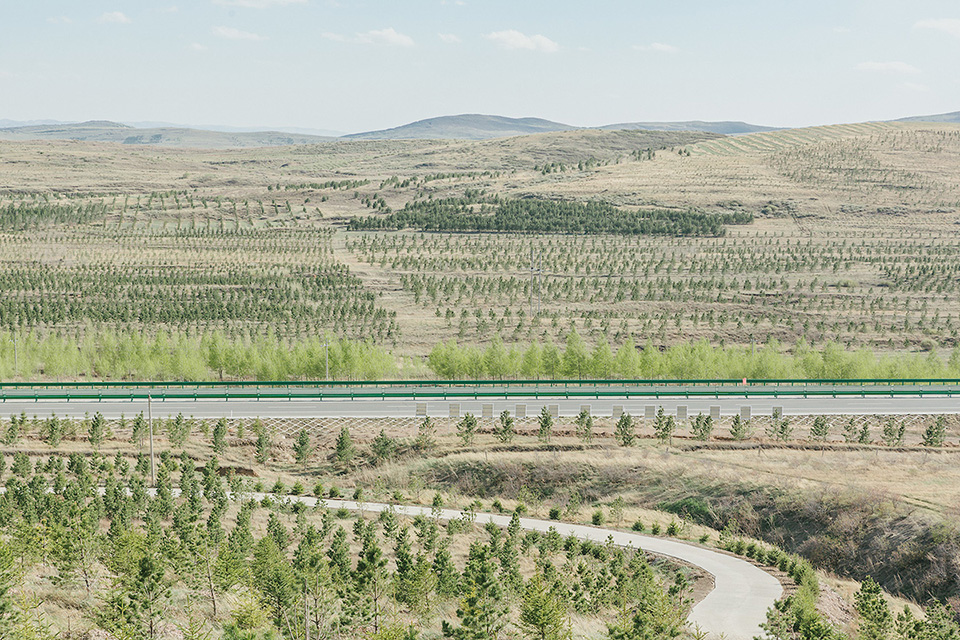
But plenty of scientists remain unimpressed. Many of the trees, planted in places they don’t grow naturally, eventually die. The survivors soak up precious groundwater that native grasses and shrubs need, causing more soil degradation. Meanwhile, thousands of farmers and herders are forced off their lands to make way for the trees. China may be winning its war against nature for now, but at what cost?
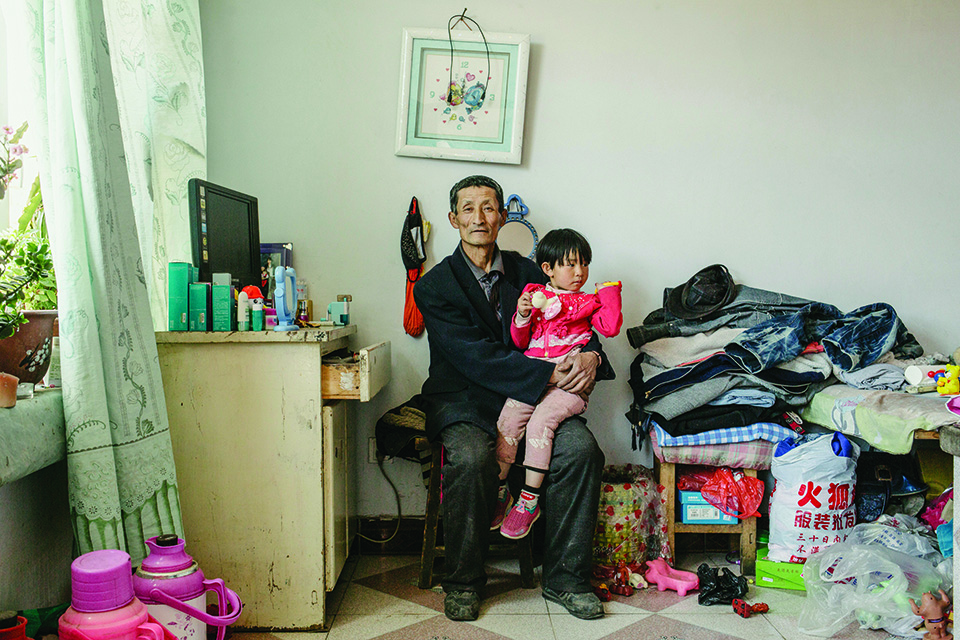
Wang Wenbiao grew up in a family of sheep ranchers on the edge of Inner Mongolia’s vast Kubuqi Desert. “Two words were very important in my childhood,” Wang says. “Sand and poverty.”
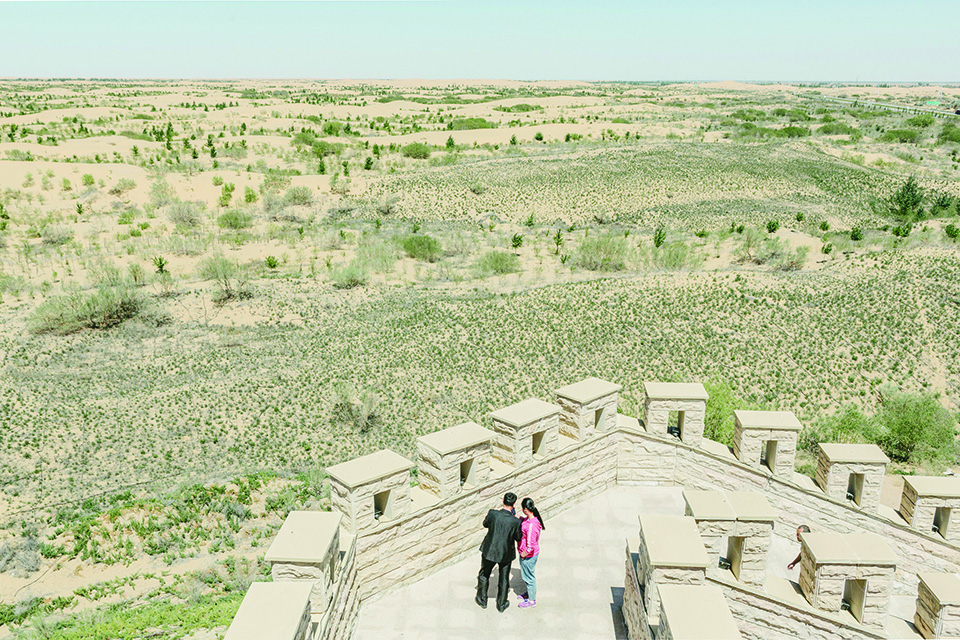
Wang got his break at age 28 when he was appointed to run a salt factory in the Kubuqi. “A jeep took me there, but it got stuck in the sand outside the gate,” he recalls. Sand and transport, he soon realized, were his biggest problems. As the crow flies, the salt fields were 37 miles from the railway station, but getting his cargo to the trains required a 205-mile detour via the only available road. With local government funding, Wang began building direct roads through the desert, with trees and shrubs planted alongside them to help keep the sand at bay.
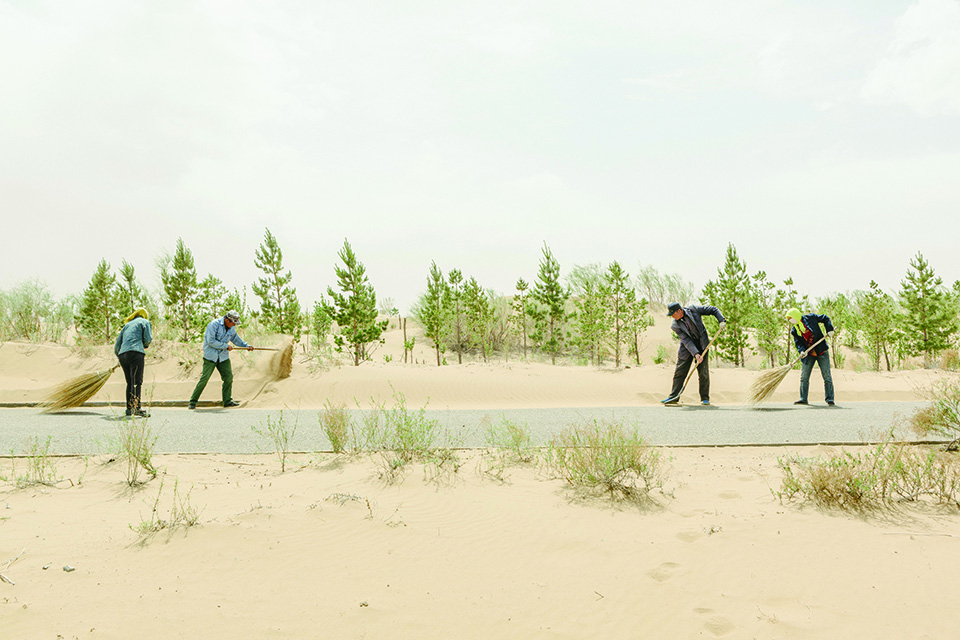
Driving through a portion of the Kubuqi on an Elion-built road—an asphalt ribbon lined with upright rows of stubby young pines and slender poplars, most of them no taller than a fifth-grader—is a surreal experience. Beyond the trees, there is nothing but barren, rolling dunes. The road eventually leads to Elion’s palatial, dome-topped Seven Star Lakes Desert Hotel, which is surrounded by carefully irrigated rows of poplars, green lawns, and a fountain out front. The grounds include, improbably, a golf course. When a hotel staffer spots my photographer on the green, he demands the pictures be deleted. How can a desert sustain all this planting? “Everyone asks this question,” Wang told me. The trees use only a tiny amount of groundwater, he says. They are thriving, he insists, because Elion has literally made it rain. Increased transpiration from the greenery has made the climate more humid: “Twenty-nine years ago, there was only about 70 millimeters of rainfall. In recent years it has reached 400 millimeters,” Wang claims. “We changed the ecosystem.”
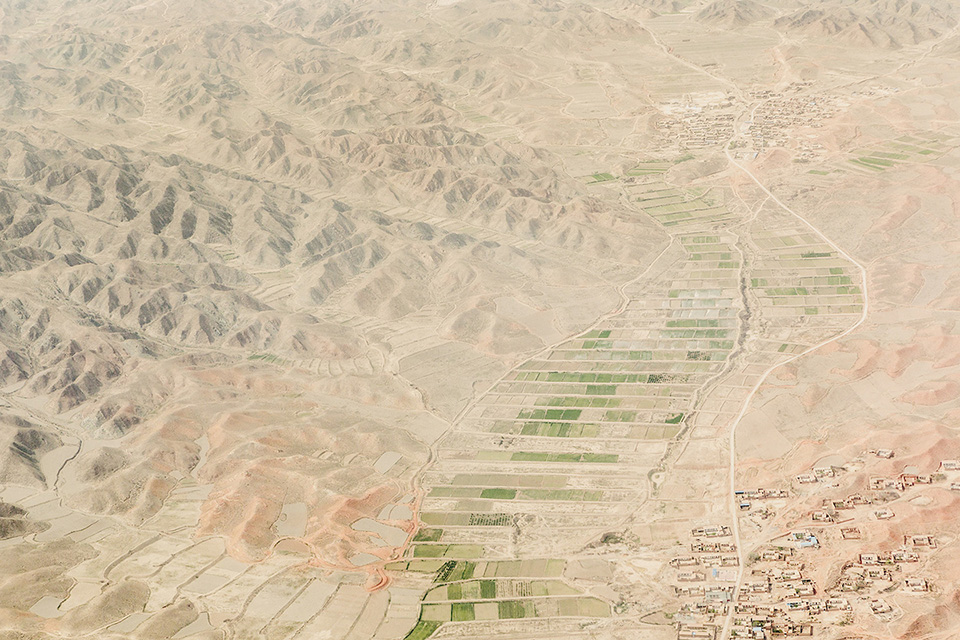
“The central government gives out billions of yuan every year for tree planting,” Cao, a lean, banty guy with a roguish smile, tells me when we sit down together in a university conference room. “So there are many companies that want to take part. They’re not concerned with the environment.”
Cao used to be a believer. He spent nearly 20 years working on government projects in Shaanxi province. “I thought it was a very good way to combat desertification,” he says. But many of his trees didn’t survive. “I realized it’s because of policy. We were choosing the wrong place to plant trees.”
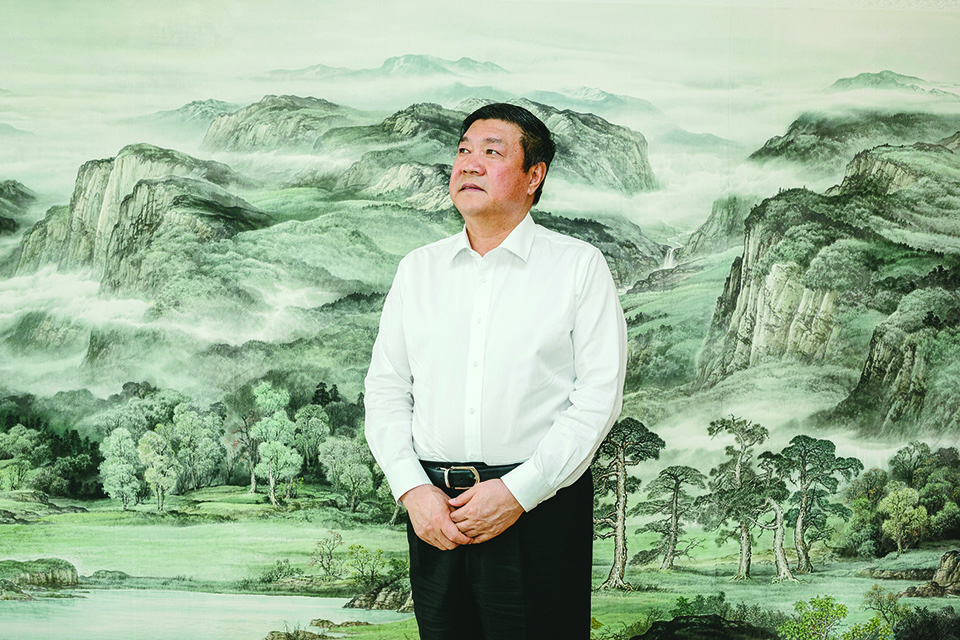
Lu Qi, head of the SFA’s Institute of Desertification Studies, smiles tolerantly when I ask about those figures. He and Cao disagree over the efficacy of the Green Great Wall. (“Anyone who works for the government is not a scientist,” Cao snorted when I told him I was meeting Lu.) Cao’s numbers are plain wrong, Lu says; contractors only get paid fully if at least 75 percent of their trees are still alive three years after planting. He points to the Duolun County project, which he helped design. “In 15 years,” Lu says, “we made trees grow in the desert.”
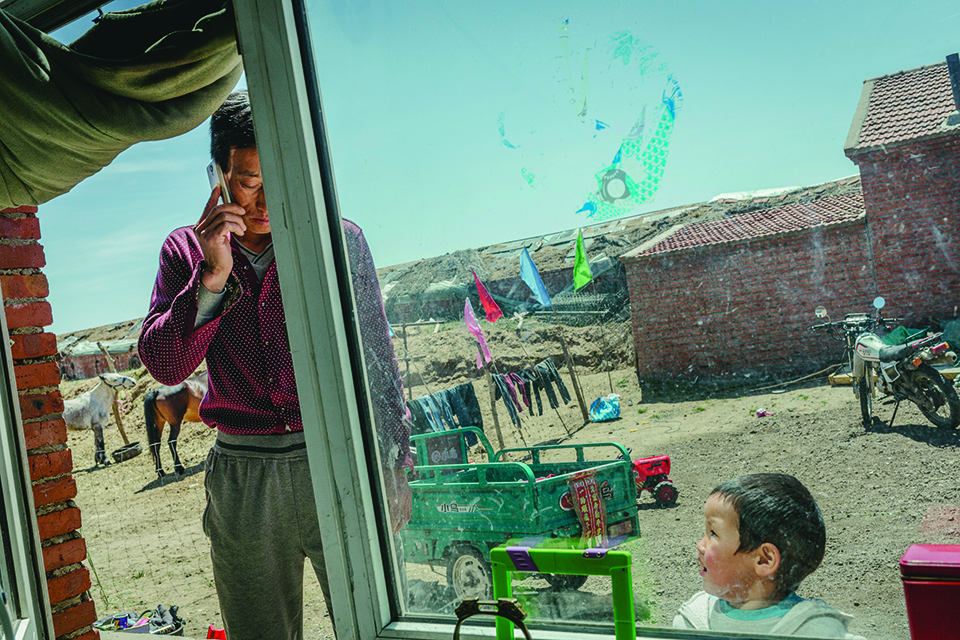
In any case, the Green Great Wall’s long-term ecological effects may take decades to reveal themselves. Local data on the environmental and socioeconomic changes the project has already wrought is “often not available or unreliable,” explains a 2014 study by American and Chinese scientists. Another study, from the Chinese Academy of Sciences and Beijing Normal University, notes “there is surprisingly little unassailable evidence” to support claims that “the afforestation has successfully combated desertification and controlled dust storms.”
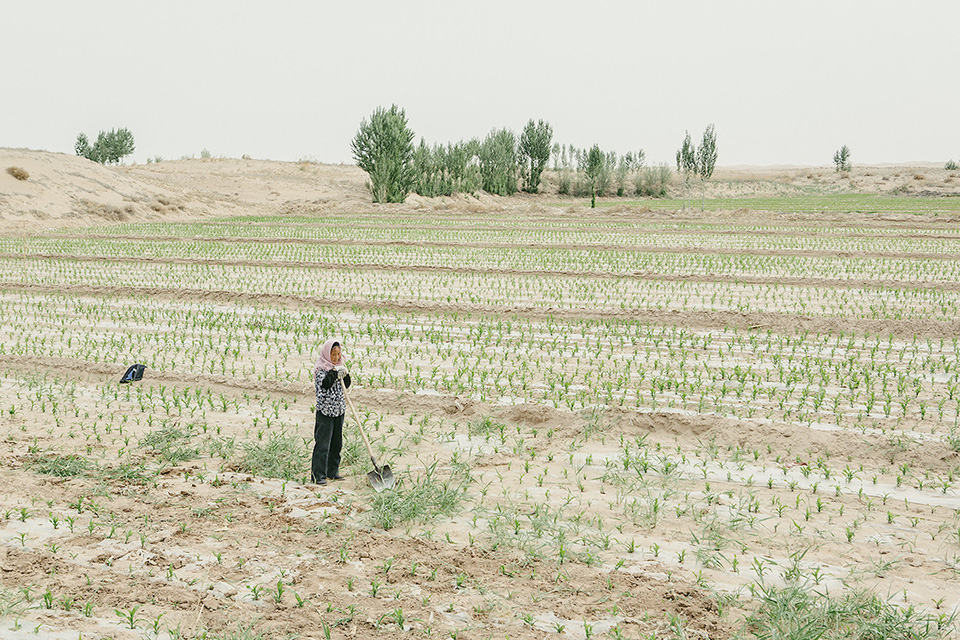
The day after admiring the view from the Duolun hilltop, I drive a short distance to a grim assemblage of squat brick homes. Called New Storage Village, this settlement was built to house some of the 10,000-plus farmers forced off their land to make way for the local tree projects—across Inner Mongolia, more than 600,000 farmers and herders have met this fate. Officially, this was an effort to reduce the overgrazing that abets desertification, but many of the displaced people believe it’s just a land grab to free up resources for Han Chinese businesses; in some areas, herders have resisted with violent protests. “They would have demolished our home if we had stayed,” says Wang Yue, a sinewy 65-year-old born and raised in a now-vanished village where his family had lived for generations.
Today, Wang has a house in New Storage Village—a couple of rooms with a sleeping platform, a coal stove, and a tiny courtyard out front. “Life was better in the old village,” he says. “Here, we have to buy oats to feed the animals. We used to just let them graze.” He ekes out a living doing odd jobs, but at his age it’s getting difficult. His wife is dead and his two daughters have moved away. He never received subsidies the government promised, he says—a complaint I heard from several others here. “They lied to us,” he says. “Tree planting is making some officials rich, but we lost so many things.”
After we say our goodbyes, I walk down to where Wang’s dirt road meets the paved route through town. Off in the distance, I can make out a group of men with shovels. They are busy planting a line of spindly young trees.
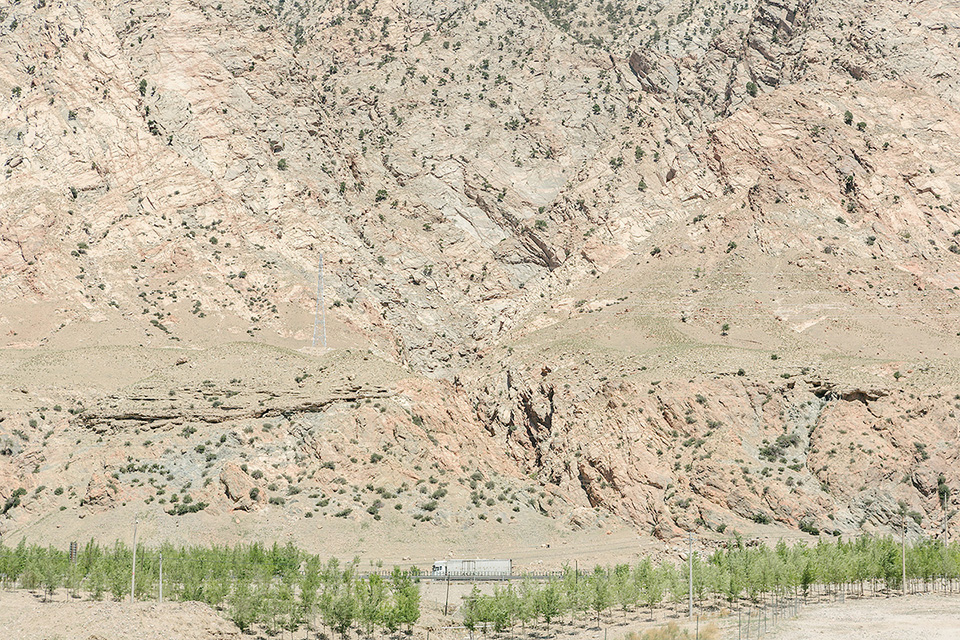











Đăng nhận xét